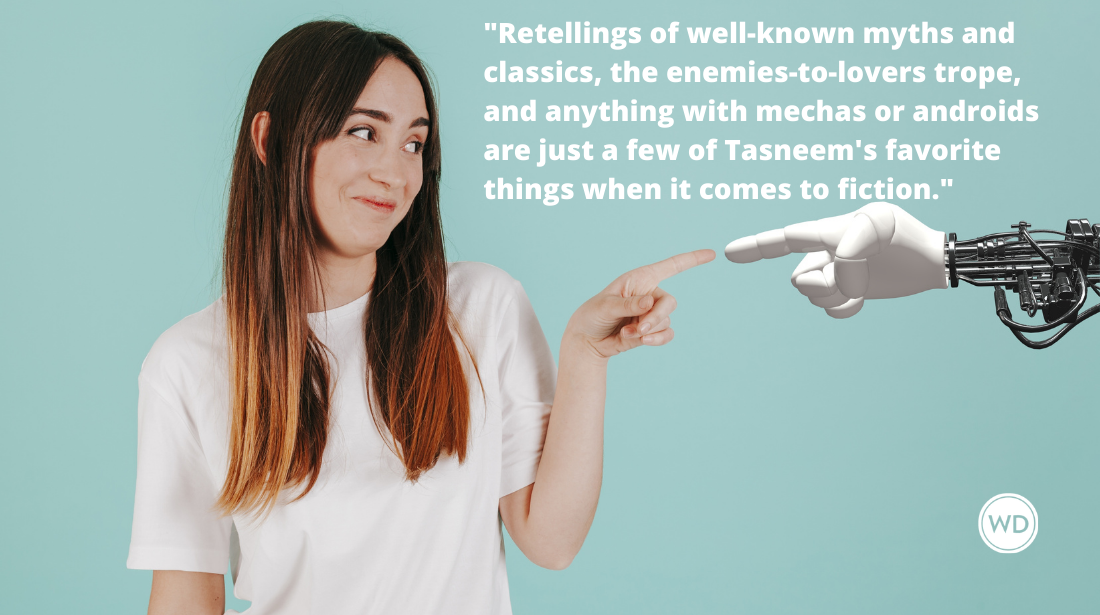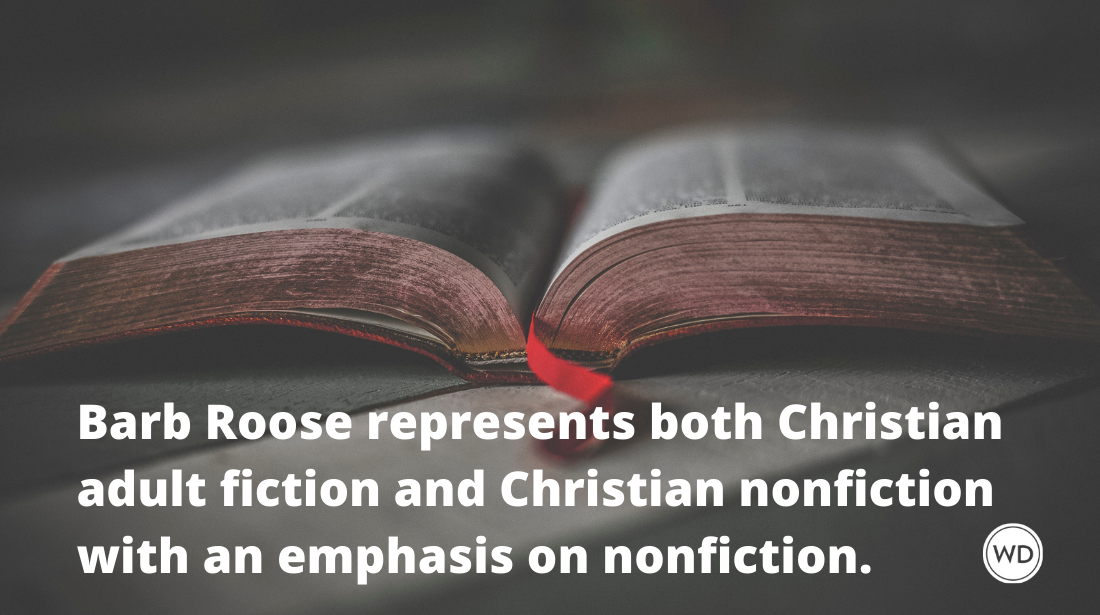How I Got My Agent: Miriam Gershow
“How I Got My Agent” is a recurring feature on the GLA blog. Some tales are of long roads and many setbacks, while others are of good luck and quick signings. Miriam Gershow is a novelist, short story writer and teacher. Her debut novel, The Local News (Spiegel & Grau), was called “deftly heartbreaking” by The New York Times, and “an accomplished debut” (Publisher’s Weekly).
“How I Got My Agent” is a recurring feature on the Guide to Literary Agents Blog, with this installment featuring Miriam Gershow, author of THE LOCAL NEWS. These columns are great ways for you to learn how to find a literary agent. Some tales are of long roads and many setbacks, while others are of good luck and quick signings.
Order a copy of Miriam Gershow's The Local News today.
Amazon
[WD uses affiliate links.]
I WILL SEND NO QUERIES BEFORE THEIR TIME
The story of finding my agent is a combination of patience (mine), benevolence (others), and a stroke of good fortune (the universe’s, I suppose). The one maxim I’d heard over and over about looking for agents is not to do it until your work is really, really ready. I took that idea to heart.
For years, I hunkered down in front of my computer and simply wrote. I attended an MFA program. I completed a fiction fellowship at the Wisconsin Institute of Creative Writing. A very generous colleague there, Jesse Lee Kercheval, offered to give me a list of agents who had successfully represented other fellows. I told her, “When I’m ready.”
I returned home post-fellowship, and wrote every day, working on short stories for an eventual collection. I sent stories to literary journals, but was determined not to send the collection out for representation until it was so polished, it gleamed.
I wavered in my resolve only once in five years, when Nat Sobel of the Sobel/Weber Agency approached me after reading a story in Gulf Coast. Even though I told him I wasn’t finished with my collection, he said I could send two of three of the core stories with a synopsis of the rest. After initially telling him that I’d prefer to wait, I found myself growing more and more tempted. Fantasies of representation and then bestsellerdom danced through my head. Okay, I thought, I’ll give it a shot.
LICKING MY WOUNDS
I had a tremendously hard time writing the synopsis—before I finished the collection I wasn’t entirely sure what it was about—and ended up writing a vague description that described the collection as being about failures in love. Ignoring my rising doubt, I sent the synopsis and three stories to Sobel. Two weeks later, he wrote back saying the stories didn’t really seem all that connected and the overarching theme was rather vague.
Thanks, he told me, but no thanks.
While I was crushed, after a few days of licking my wounds, I realized he was right. My work wasn’t ready. I had broken my central promise to myself, and from then on, redoubled my effort to focus solely on the writing.
A couple of years later, after every story had been written and rewritten and rewritten and six of nine had been published in journals, I was finally ready to query agents. I took Jesse Lee up on her offer to send me her agent list. While that was already generous enough, I also bugged her about how to write a good query letter and what to include in the synopsis. If she ever grew tired of my questions, she never let on. I wish for all emerging writers such a benevolent fairy-godmother of an experienced writer to shepherd them though the process.
Jesse Lee went paragraph by paragraph and told me what to include in an effective query letter. She did the same about a good synopsis. By the end of her tutelage, I was confident not only in the story collection but all the attendant materials.
FROM SHORT STORIES TO A NOVEL
I sent my first query letters to three agents. One was no longer representing short story collections. One letter was returned due to incorrect address (my error). And one, Emily Forland of Brandt & Hochman (formerly of the Wendy Weil Agency), was interested in seeing the full manuscript.
I was thrilled. I sent the manuscript immediately. And then I waited. Emma Patterson, then Emily’s assistant and now an agent [at Brandt & Hochman], kept me informed of the process. "The manuscript was under consideration" … "Several folks were reading it" … "Emily finally had it in hand."
After three months—which seemed like a long time then but now seems lightning fast—I heard from Emily. And in my stroke of good fortune, the first agent who saw the full collection loved it and wanted to represent me. The rapport between the two of us was clear in our first phone call. Emily was warm, professional, open, enthusiastic and understood my work. The stories she liked best were the stories that I liked best. The stories she thought needed a bit more work were the stories I could see needing a bit more work. I eagerly accepted her offer of representation.
Five years later, it remains one of the best decisions of my writing career. Although my short story collection never sold, Emily’s encouragement and support helped me remain hopeful as I moved onto novel writing. She repeatedly told me that editors had loved my writing, but weren’t interested in a collection. She was, she told me more than once, confident she could sell a novel. And she was right. In late 2007, it took her only six days—six days!—to sell The Local News in a pre-empt to Spiegel & Grau.
Miriam Gershow lives in Eugene OR, where she is at work on her second novel, Knock Knock. Her first novel, The Local News, was called "an accomplished debut" by Publishers Weekly, and "deftly heartbreaking" by The New York Times. See her website here. A list of book bloggers who reviewed her can be found at the bottom of this page.






